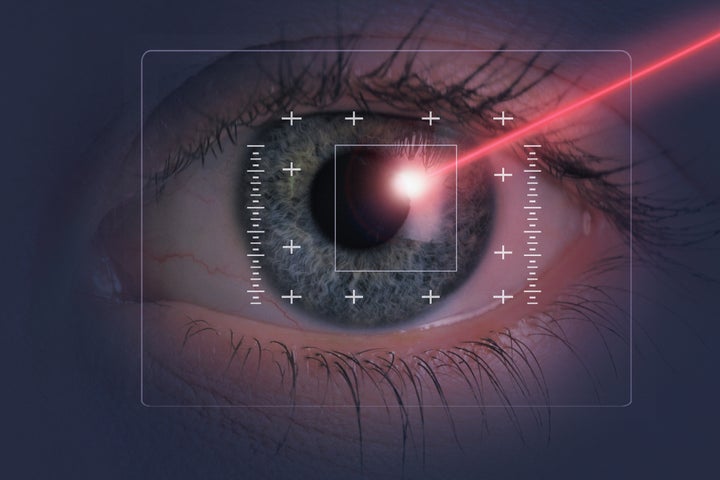
How do researchers evaluate the effectiveness of police-worn body cameras? originally appeared on Quora - the place to gain and share knowledge, empowering people to learn from others and better understand the world.
Answer by Jennifer Doleac, founder of the Justice Tech Lab and an Assistant Professor of Public Policy and Economics at the University of Virginia, on Quora:
Several police departments have implemented body-worn cameras (BWCs) in randomized controlled trials (RCTs), randomizing when officers are supposed to wear a camera and when they’re not. (Most studies so far randomize by shift — so everyone on duty at a particular time wears a camera, or everyone doesn’t.) This allows us to compare the behavior of those who are wearing BWCs with the behavior of a good control group that isn’t wearing BWCs. Since cameras are randomly assigned, we don’t need to worry that other differences between times of day, neighborhoods, or individuals are driving the results.
So far, these RCTs have found that BWCs reduce the number of complaints filed by local residents. However, they have mixed effects on use of force by and against police officers. In some places, BWCs increase force, and in others they decrease force.
It’s possible that BWCs cause an increase in the reporting of force, rather than use of force itself. But it’s also possible that BWCs could increase actual use of force. For instance, perhaps most officers show restraint in heated situations, to avoid being accused of bad behavior. Those officers may become more likely to use force when they know camera footage will demonstrate the facts were on their side.
It appears that the increase in use of force by police occurs primarily in departments that gave officers discretion over when to turn their cameras on. It’s possible that turning on a camera mid-confrontation could lead to an escalation of violence, so that simply requiring cameras to be on all the time could solve the problem. But it’s also possible that the places where officers insisted on discretion were places where BWCs are less likely to reduce the use of force due to some omitted variable — perhaps officers in those places are less interested in accountability or reform, for instance.
These mixed results are a perfect example of why we need rigorous research. Most tools won’t work exactly as we’d hoped, and it’s important to find that out quickly so that we can improve their implementation or try alternative strategies.
More RCTs on BWCs are currently underway, including one in Washington, DC, so stay tuned for more evidence that will help inform policy!
This question originally appeared on Quora - the place to gain and share knowledge, empowering people to learn from others and better understand the world. You can follow Quora on Twitter, Facebook, and Google+. More questions:
- Prisons and Prison Life: What can we do to improve the outcomes of a prisoner’s re-entry in society?
- Criminal Justice: Death Sentence or Life Imprisonment: Which one do you think is a more suitable punishment for a crime?
- Crime Prevention: What kind of crime-reduction tools are being used in America today?
